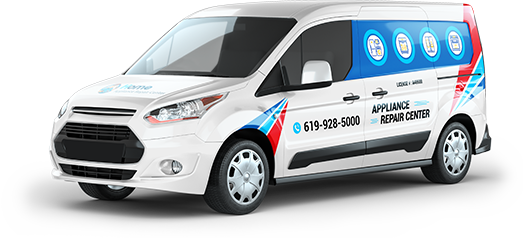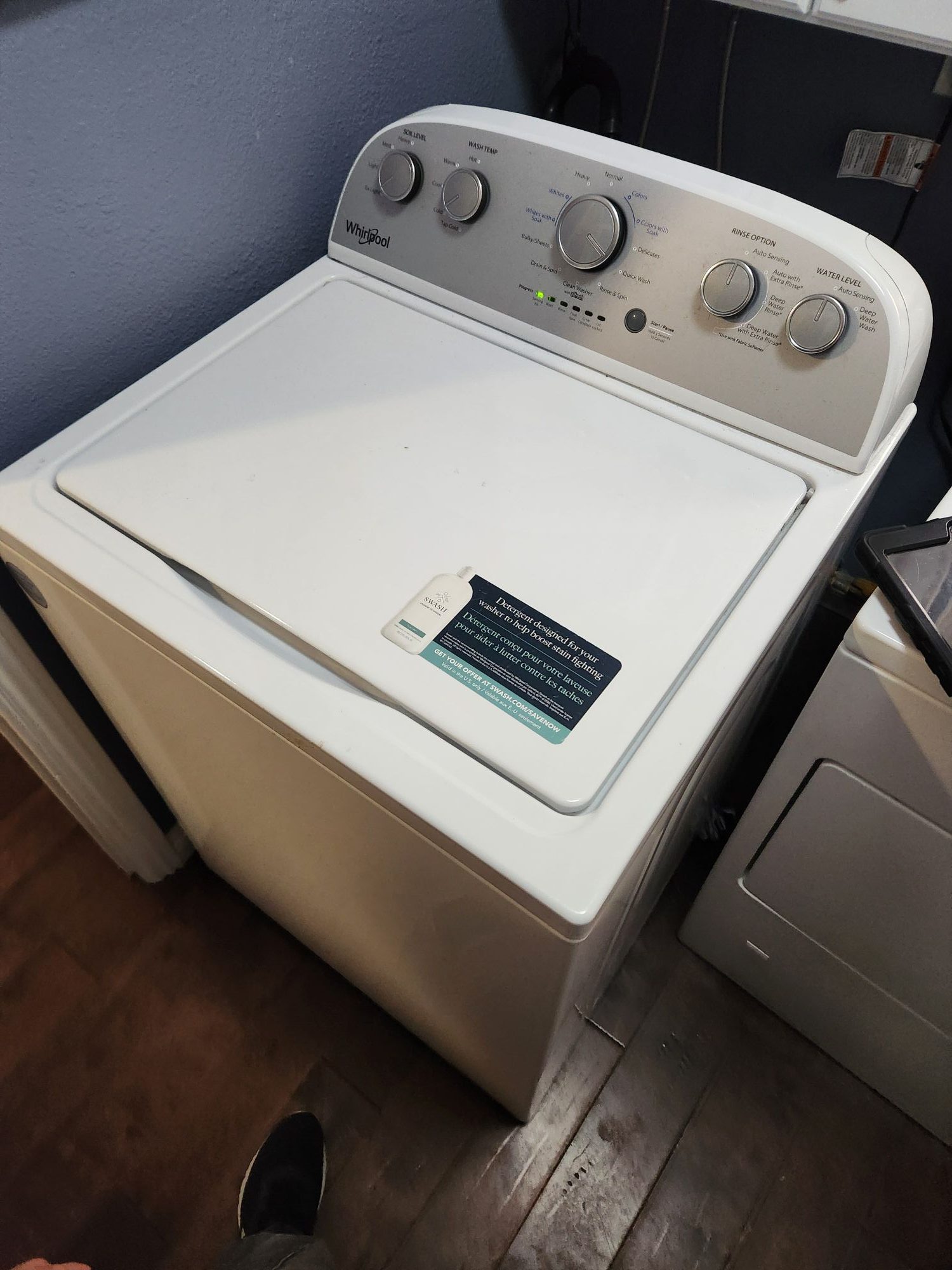Dryers are essential in many households, providing the convenience of fresh, dry clothes in a matter of minutes. However, like any other appliance, they are prone to wear and tear over time. One of the most critical parts of any dryer is the engine (or motor), which is responsible for turning the drum and ensuring proper airflow for effective drying. When the engine fails, the dryer becomes virtually useless. Understanding the main causes of dryer engine failure can help you prevent costly repairs, extend the lifespan of your appliance, and ensure that your dryer remains in top working order.
⠀
1. Overheating of the Motor
⠀
One of the leading causes of dryer engine failure is overheating. Dryers generate a significant amount of heat, and if they do not have proper ventilation or airflow, this heat can accumulate and stress the engine. An overheated motor is forced to work harder to maintain the drum’s rotation and can eventually burn out if left unchecked.
⠀
How to Prevent Overheating:
Regularly clean the lint filter after each cycle to prevent clogging, and periodically check the exhaust duct for any obstructions. Proper airflow ensures the engine does not overheat and maintains a safe operating temperature.
⠀
2. Worn-Out Bearings and Belts
⠀
The dryer’s drum is supported by bearings and driven by belts that connect it to the motor. Over time, these parts can wear out, causing friction that forces the engine to work harder. When belts or bearings are worn, you may notice a squealing or grinding noise. Eventually, this increased friction can lead to motor burnout.
⠀
How to Avoid Bearing and Belt Issues:
Regular maintenance, such as checking for signs of wear or unusual noises, can help you catch these problems early. Replacing belts and bearings as they begin to show signs of wear is far less costly than repairing or replacing a burnt-out motor.
⠀
3. Power Surges and Electrical Issues
⠀
Dryers are high-power appliances that can be sensitive to electrical fluctuations. Power surges, faulty wiring, or even a damaged power cord can lead to motor failure. In some cases, these issues may cause short-circuiting, putting the motor and other electronic components at risk of failure.
⠀
Preventing Electrical Damage:
Consider using a surge protector for your dryer, especially if you live in an area prone to electrical fluctuations. Regularly inspect the power cord and connections to ensure they’re in good condition, and avoid using extension cords as they can lead to insufficient power delivery.
4. Heavy or Overloaded Dryer
⠀
Dryers are designed to handle specific loads, and consistently overloading them can place significant strain on the engine. When a dryer is overloaded, the motor has to work harder to turn the drum, leading to increased wear. Over time, this can result in overheating, burnout, or total motor failure.
⠀
Maintaining Proper Load Sizes:
Follow the manufacturer’s recommendations for load size to prevent unnecessary strain on your dryer’s motor. Not only will this prolong the motor’s lifespan, but it will also improve drying efficiency.
⠀
5. Excessive Vibration or Poor Installation
⠀
Improper installation can cause excessive vibration, which may lead to engine damage over time. When the dryer is not level or positioned on an uneven surface, the engine has to compensate for the imbalance. This continuous adjustment creates unnecessary strain, ultimately leading to motor damage.
⠀
Ensuring Proper Installation:
Make sure your dryer is installed on a level surface, and use leveling feet if necessary. A balanced dryer reduces wear and tear on the motor, helping prevent premature failure.
⠀
6. Blocked Vents and Poor Airflow
⠀
Blocked vents can restrict airflow, causing the dryer to overheat and forcing the motor to work harder. Poor ventilation can also lead to a buildup of dust and lint inside the dryer, which is hazardous and can clog critical components. When the motor is exposed to increased resistance from poor airflow, it becomes more susceptible to burnout.
⠀
Keeping Vents Clear:
Regularly clean the dryer vents and exhaust ducts to allow proper airflow. An annual deep clean is recommended to prevent lint buildup and maintain optimal airflow, reducing the risk of motor overheating.
7. Natural Wear and Tear
⠀
Finally, general wear and tear will affect any appliance over time. Motors contain moving parts that naturally degrade with extended use, especially if the dryer is used frequently. Older motors are more susceptible to breakdowns and may require replacement as the appliance ages.
⠀
Addressing Natural Wear:
Regular inspections can help identify issues before they escalate. If your dryer is older, it may be wise to schedule routine maintenance to prolong the motor’s lifespan and catch minor problems early.
⠀
Dryer engine failure can be frustrating, inconvenient, and costly. However, understanding these common causes can help you take proactive steps to avoid engine burnout. Simple practices like cleaning the lint filter, maintaining proper load sizes, and keeping the vents clear can make a significant difference in the longevity of your dryer. If you experience any issues, especially strange sounds, overheating, or difficulty turning, it’s essential to address them promptly to prevent further damage.
⠀
When your dryer does encounter problems, professional assistance is often the best solution to ensure repairs are done correctly. At Home Appliance Service Center, our experienced technicians specialize in diagnosing and repairing dryer engines to keep your appliance running smoothly. Don’t let a dryer breakdown disrupt your routine—reach out to us for fast, reliable service and get back to enjoying fresh, dry clothes in no time!
Contact us
(619) 928-5000
[email protected]
 619-928-5000
619-928-5000  Request Service
Request Service 
